

James Wong
2025 Audi A5 Sedan TFSI 150kW review
5 Days Ago

News Editor
The redesigned Nissan Qashqai is set to drop the venerable naturally-aspirated four-cylinder engine.
An entry on the Australian Government’s Road Vehicle Certification System lists a single powertrain for the Qashqai range: a 1.3-litre producing 110kW of power at 5500rpm, mated to a continuously-variable transmission.
Torque figures aren’t listed on the RVCS database.
The power output is different from the turbocharged 1.3-litre four-cylinder available in Europe.
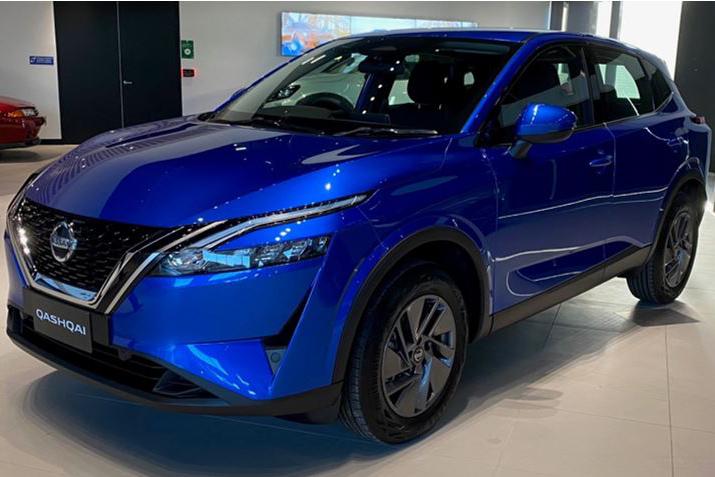
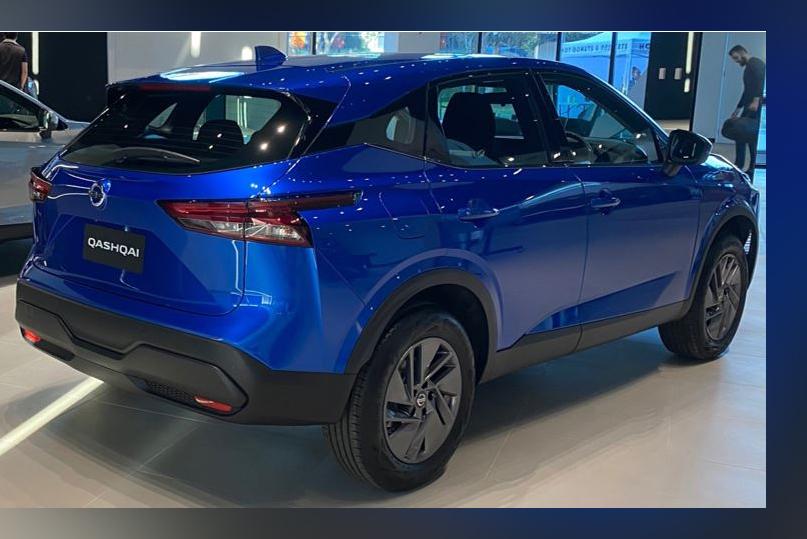
Mated to a 12V mild-hybrid system, the European-market Qashqai engine produces 116kW of power at 5500rpm and 270Nm of torque between 1800 and 3750rpm when mated with a CVT.
With a six-speed manual, it produces either 113kW and 240Nm or 116kW and 260Nm depending on the tune.
It has yet to be confirmed why our market’s engine will have a different power output.
There’s no mention of the all-but-confirmed 1.5-litre e-Power hybrid option. It’s set for a 2022 launch, though it isn’t expected to be part of the line-up at launch.
With the e-Power system, the Qashqai has outputs of 140kW of power and 330Nm of torque.
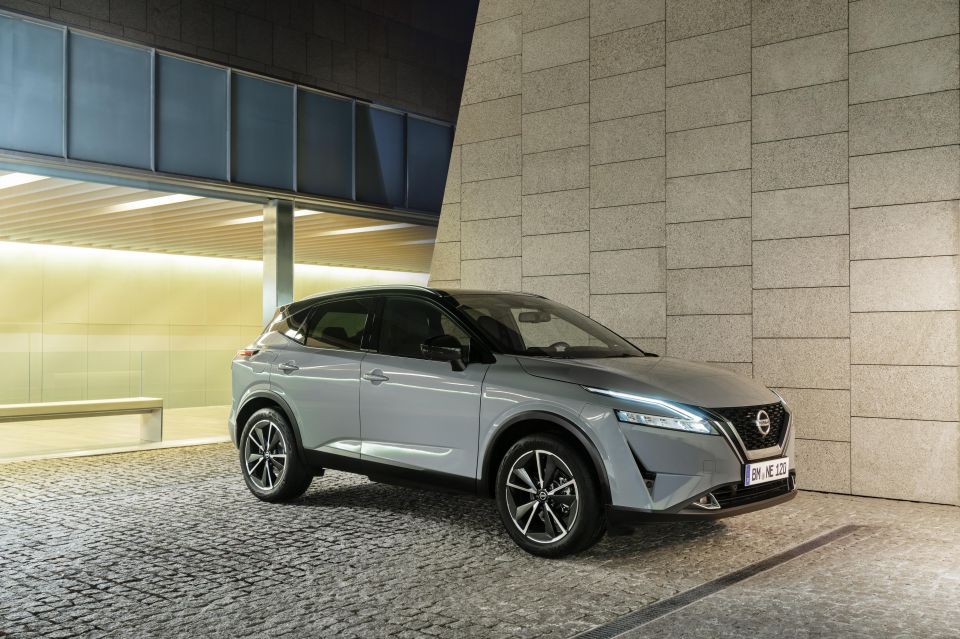
The RVCS entry also appears to confirm the manual transmission option, which accounts for less than five per cent of Qashqai sales, has been shown the door despite its continued availability in Europe.
The outgoing model is powered by a naturally-aspirated 2.0-litre four-cylinder with 106kW of power and 200Nm of torque.
Since 2018, however, it’s been available with a turbocharged 1.3-litre in markets such as Europe, though we’ve continued to be offered the larger atmo four.
As with the outgoing model, the new Qashqai will offer a choice of 17-, 18- and 19-inch wheels.
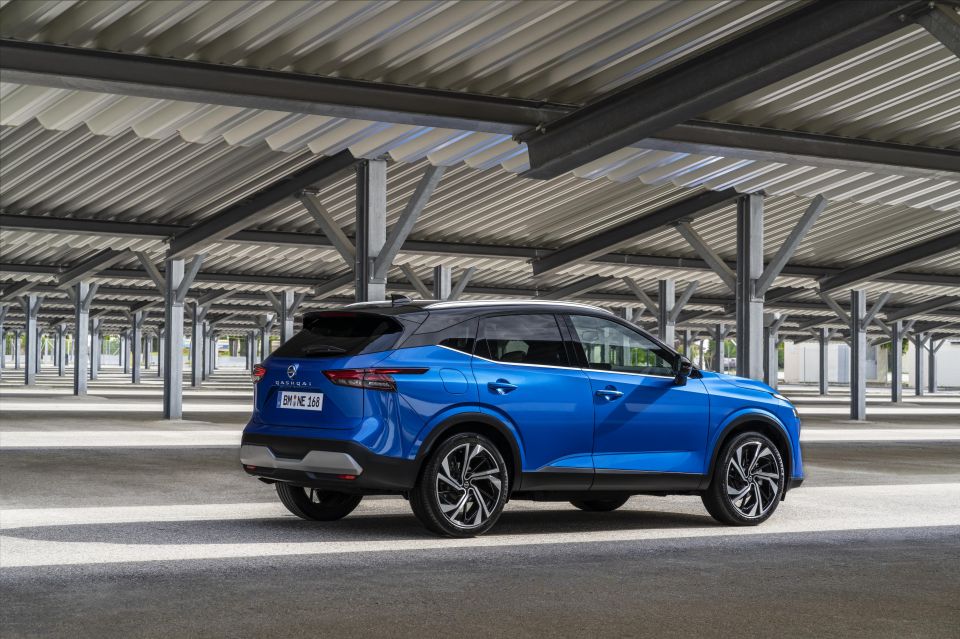
Nissan has confirmed the Qashqai will be offered in eight body colours. A black roof and grey roof will be available, along with a panoramic sunroof.
European-market models offer a torsion-beam rear suspension in front-wheel drive models and a multi-link rear in all-wheel drive models.
That’s in contrast with the outgoing car, which is offered exclusively with a multi-link rear in Australia.
We don’t receive an all-wheel drive variant, and the RVCS entry for the new car doesn’t indicate one is coming.
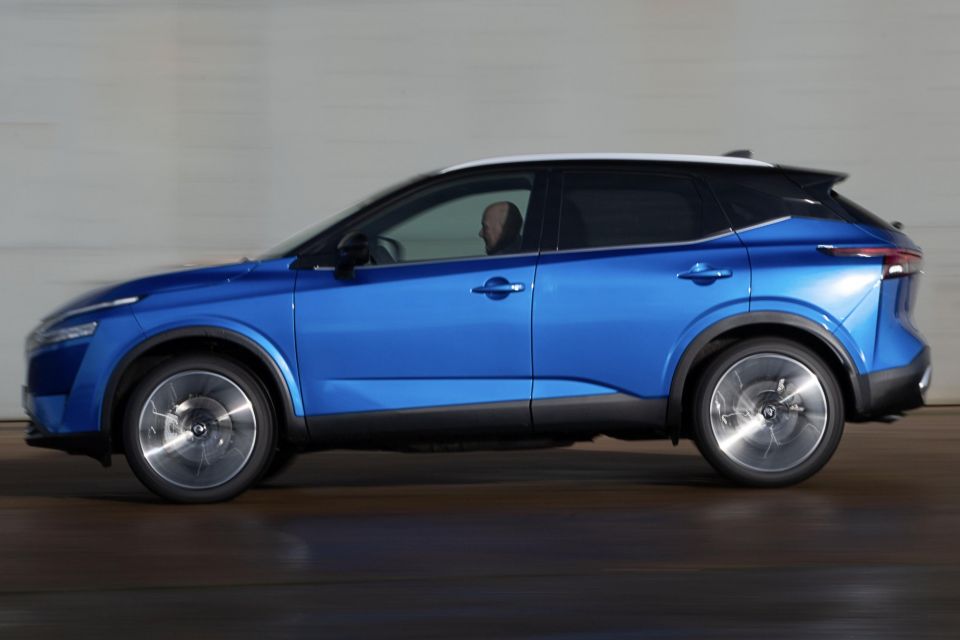
Externally, the Qashqai has grown significantly compared to its predecessor.
It rides on a 20mm longer wheelbase than before, and has a 35mm longer body. It’s also 25mm taller and 32mm wider, for a tougher look and more interior space.
Under the skin is the Nissan CMF-C platform, which the company claims is 60kg lighter than before and 41 per cent stiffer.
Qashqai staples such as the dual-level boot floor live on, and rear seat space has grown. Knee room is up by 28mm, and headroom is up 15mm.
Boot space is up by 50L compared to the current model, jumping to to 480L with the rear seats in place.

Nissan says the rear doors open to 90 degrees, making it easier to load a child or child seat, and a power tailgate will be available.
Like the new X-Trail, the Qashqai will be offered with a full range of Nissan’s ProPilot driver assists.
Autonomous emergency braking, lane-keep assist, adaptive cruise, rear cross-traffic assist, and blind-spot assist all feature, and Nissan says the adaptive cruise control system can adjust its speed based on speed signs or navigation data.
2022 is set to be a huge year for Nissan Australia, with the Qashqai’s launch coinciding with the launch of redesigned X-Trail and Pathfinder crossovers.
MORE: Nissan Qashqai UK review MORE: Everything Nissan Qashqai
CarExpert helps new car buyers save thousands with expert reviews, honest advice, and transparent pricing – no dealer pressure and no sales games.
William Stopford is an automotive journalist based in Brisbane, Australia. William is a Business/Journalism graduate from the Queensland University of Technology who loves to travel, briefly lived in the US, and has a particular interest in the American car industry.


James Wong
5 Days Ago


Matt Campbell
4 Days Ago
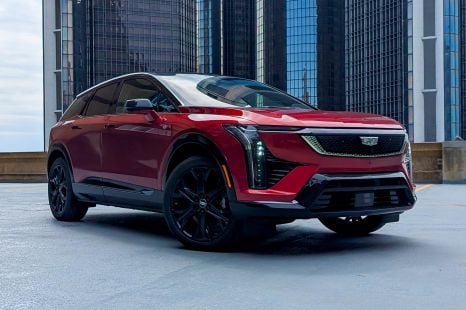

William Stopford
2 Days Ago
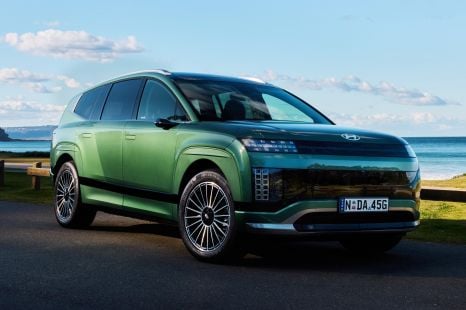

Josh Nevett
1 Day Ago
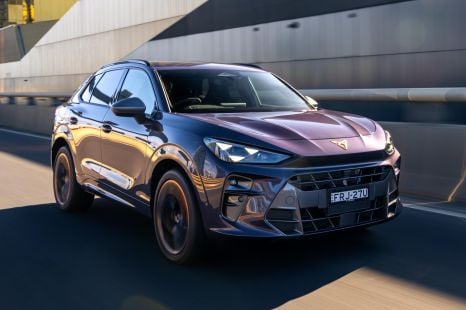

James Wong
1 Day Ago


Max Davies
23 Hours Ago